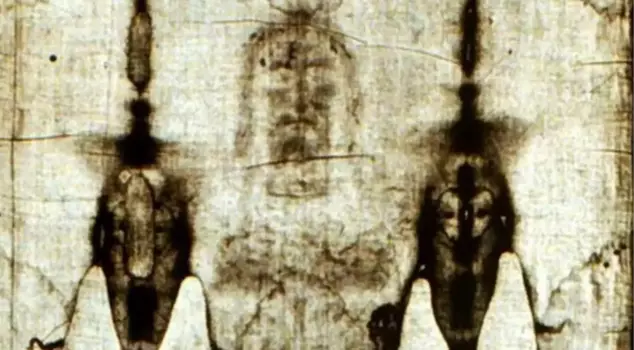
21.08.2024 10:40
Scientists have obtained new evidence suggesting that the Shroud of Turin could be real. The shroud is a controversial artifact that is claimed to bear the image of Jesus. New research indicates that the fabric could date back to approximately 2,000 years ago, the time when Jesus lived. Italian researchers examined the fabric using special X-ray technology. Dr. Liberato De Caro stated that previous carbon dating studies were unreliable and that the fabric samples were susceptible to contamination.
Scientists have made a surprising new discovery that suggests a shroud believed to carry the image of Jesus could be real.
New findings have emerged about the famous Turin Shroud - a piece of linen with the image of a bearded man printed on it - which has remained a mystery for centuries.
Believers claim that Jesus was wrapped in this shroud before being buried and that the image belongs to him, while others dismiss it as a forgery.
However, new evidence shows that the fabric was made approximately 2,000 years ago - during the period when Jesus is said to have lived and died.
Based on most estimates, it is believed that Jesus was crucified in the year 33 AD, according to the Julian calendar, biblical passages, and the Gospels of that time.
Italian researchers used special X-ray technology to examine the linen fabric and determine its age.
The National Research Council's Institute of Crystallography examined eight small fabric samples to reveal the structure of the linen and the details of the cellulose patterns.
They used special aging criteria such as temperature and humidity to determine the results.
In 1988, researchers claimed to have debunked the holy relic and proved that it dated back to the Middle Ages - hundreds of years after Jesus.
However, the lead author of the recent study, Dr. Liberato De Caro, said that the previous study, which used carbon dating to estimate that the shroud was made between 1260 and 1390, was unreliable.
Dr. De Caro explained, "Fabric samples are subject to any kind of contamination that cannot be completely removed from the sample being dated."
The Bible states that Joseph of Arimathea wrapped Jesus' body in a linen cloth before placing it in the tomb.